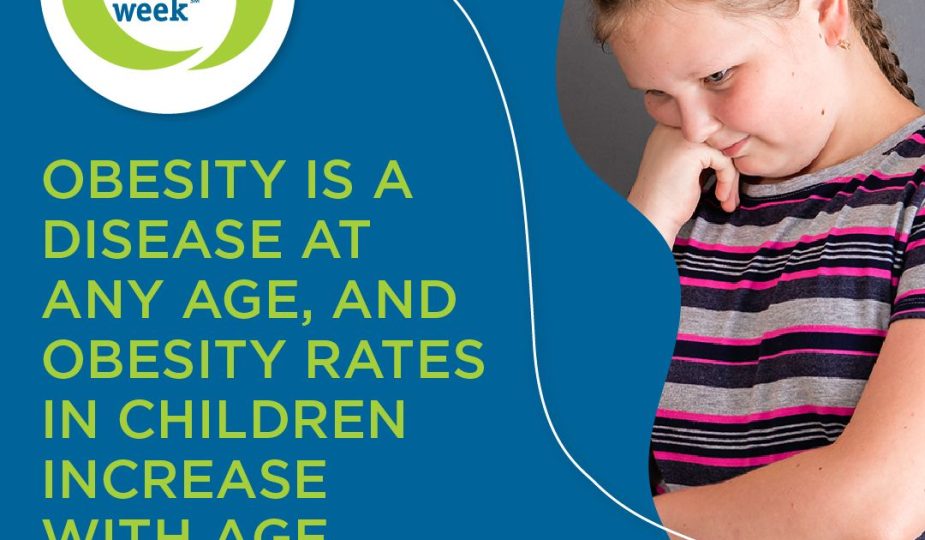Childhood obesity has become a significant health concern in many countries around the world. It is a condition where excess body fat negatively affects a child's health and well-being. The prevalence of childhood obesity has risen dramatically over the past few decades, and it is vital to address this issue to ensure a healthy future for our children.
Causes of Childhood Obesity
There are various factors contributing to childhood obesity, including: Unhealthy dietary habits: Consumption of high-calorie, sugar-laden processed foods and beverages. Lack of physical activity: Sedentary behaviors such as excessive screen time and reduced outdoor activities. Genetic factors: Certain genes may contribute to weight gain and obesity. Socioeconomic factors: Limited access to nutritious foods and opportunities for physical activity in low-income communities.
Health Risks
Childhood obesity poses numerous health risks, including: Type 2 diabetes: Obese children are at a higher risk of developing type 2 diabetes, a chronic condition that affects blood sugar regulation. Cardiovascular diseases: Excess body fat increases the likelihood of heart diseases and high blood pressure. Joint problems: The extra weight can strain the joints and lead to issues such as arthritis. Mental health issues: Obese children may experience low self-esteem, depression, and anxiety. Respiratory problems: Asthma and sleep apnea are more prevalent in obese children.
Prevention Strategies
Preventing childhood obesity requires a comprehensive approach involving parents, schools, healthcare professionals, and policymakers. Here are some effective prevention strategies:
Educating Parents
Parents play a crucial role in shaping their child's eating habits and activity levels. Providing education on nutrition, portion control, and the importance of regular exercise to parents can empower them to make healthier choices for their children.
Promoting Healthy School Environments
Schools can create an environment that supports healthy eating and physical activity. This includes serving nutritious meals, eliminating sugary beverages from vending machines, and incorporating physical education classes into the curriculum.
Encouraging Physical Activity
Children should be encouraged to engage in regular physical activity. This can be achieved by promoting active play, encouraging participation in sports and recreational activities, and reducing sedentary behaviors, such as excessive screen time.
Improving Access to Healthy Foods
Efforts should be made to improve access to affordable, nutritious foods, especially in underserved communities. This can be done by supporting local farmers' markets, implementing policies that incentivize healthy food options in grocery stores, and promoting community gardens.
Policy Changes
Policymakers need to address the root causes of childhood obesity through legislative measures. This includes implementing stricter regulations on the marketing of unhealthy foods to children, imposing taxes on sugary beverages, and ensuring that schools meet specific nutrition standards.
Conclusion
Childhood obesity is a complex issue that requires a multi-faceted approach to prevention. By addressing the underlying causes and implementing effective strategies, we can work towards reducing the prevalence of childhood obesity and ensuring a healthier future for our children.









